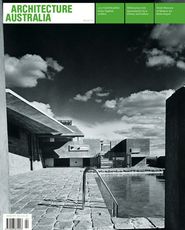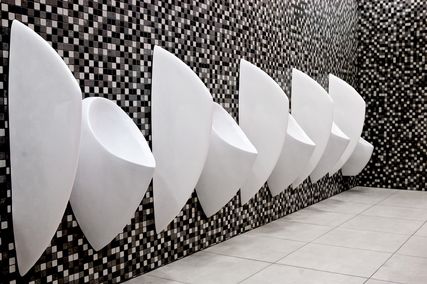

As this journal attests, it is a continuous challenge to explain and promote why architecture is important to our built environment – indeed, “why architecture matters”. Although the “why” question is central to the future survival of our profession, the Realpolitik of most projects, and with most practices, is in the “how”. The “how” consumes the majority of an architect’s time and resources, and has a significant effect on the design success of a project. In particular, the most important of these “how” issues is what goes under the contemporary rubric of “procurement”, which always sounds like something you do to get yourself into a court of law, and is, in fact, equally adversarial.
The procurement of projects, the commercial delivery to completion, is under continuous change in Australia – and these changes have had, and more importantly will continue to have, a significant effect on the ongoing quality of the design of our built environment, and therefore on the long-term benefit to the wider community.
The history of procurement in this country has largely been based on conventional or traditional contracting approaches – two parties bound by the threat of penalties rather than the encouragement of incentives.
The cultural effect of this history has been to create an adversarial mind-set – contracting by conflict – mate, it’s the Australian way, a bit of biffo. This adversarial approach is like a bleak ghost floating over each of the current forms of contract used in Australia, even some of the more enlightened ones, such as the use of a managing contractor. Its track is well worn, to the point of boring most participants in the industry; low margins are increased to acceptable profit levels by driving adversarial wedges between subcontractors, proprietors, consultants and their insurers.
At the core of this industry malaise is a debate about risk allocation in the procurement process, or more precisely, risk shifting. The proprietor shifts their risk to the delivery “vehicle” or contractor, who in turn shifts the risk to the consultant, and the consultant in turn shifts the risk to … well, the family home goes under the partner’s name. At its worse excess, there is an absurd shifting of risk, almost comical if it weren’t so serious, onto parties who have neither the capacity, nor the expertise, nor the legal obligation to cover that risk.
I think most sane people in the construction industry would agree that a successful project is delivered if three variables in a three-cornered contest – time, cost and quality – are kept in some form of equilibrium. In reality most projects are likely to fulfill only two of these three outcomes, and poor risk allocations put significant pressure on this equilibrium – generally only delivering one of three, if any.
If the agreed aim of a project is to have a quality design outcome (which unfortunately is not a uniform attitude across the industry), then fair risk allocation is essential. To achieve this the industry must move away from traditional adversarial procurement processes toward those with an emphasis on sharing fair risk, otherwise known in plain English as a partnership. Even current models within the industry that aspire to such objectives, such as the managing contractor approach, have serious flaws that impact on design quality – and therefore on the immediate and long-term benefits to public and private sector clients.
The industry needs to explore new forms of contracting based on genuine partnerships – including the so-called alliance model. This will be particularly relevant as the industry develops new building information modelling technologies (under the banner of integrated practice), which will radically redefine how risks are allocated. In the most optimistic picture, if a virtual model of a project is used and agreed to by all project participants, including contractors, consultants, subcontractors and suppliers, then the delivery process is simply one of replicating the virtual model in the “real”.
In doing so the project can be de-risked to the extent that risk allocation on design matters becomes irrelevant.
Of course this future nirvana will be achieved only a bit at a time, but architects and the wider industry need to focus on the idea of fair and real partnerships, and in doing so take the exhaustion out of the how, and put the energy back into the why.
“… contracting by confl ict – mate, it’s the Australian way, a bit of biffo.
This adversarial approach is like a bleak ghost fl oating over the current forms of contract …”















